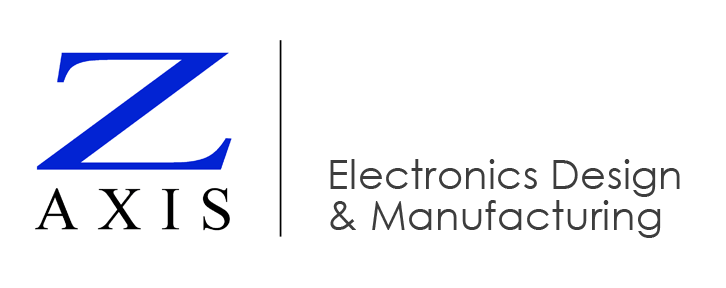The bare PCB (printed circuit board) is often the most expensive item on a PCB Assembly bill of materials. It can present a surprising number of choices for the design engineer.
The basic composition is a substrate, a conducting layer, and a solder mask.
The most common SUBSTRATE is known as FR-4: A rigid, laminate composite of woven fiberglass and a flame-retardant epoxy. It is a good general-purpose substrate due to its excellent strength-to-weight ratio, dimensional stability, and relatively low cost.
There are a number of other PCB substrate options including high-temperature polyimide for transportation and high-temperature environments, and materials for high frequency designs, but in this video we focus on FR-4. There are still at least four variables for the engineer and PCB designer to evaluate.
PCB substrate thickness
First is thickness. FR-4 boards can be as thin as .008 inches to as thick as .125 inches. The standard thickness is .062 inches, or 1/16th of an inch. If you are very concerned about weight of your final product, you can get .031 (half as thick) for about the same price. For large boards you might want a thicker substrate for increased rigidity.
Thickness of the conducting layer (copper weight)
The second variable is thickness of the conducting layer. It is specified as “copper weight,” or ounces of copper per square foot of board.
You can see the copper layer under the solder mask in the video. The standard is 1 ounce – about 1.4 thousandths of an inch thick, or about 1/3 the thickness of a sheet of copy paper.
Boards with half ounce to 8 ounces of copper are readily available. The thicker the copper layer, the more current you will be able to run through the traces. The trade-off is that the traces will need to have a coarser pitch, and you won’t be able to use the smallest ICs – with their closely spaced pins. You’ll have to specify larger components.
PCB layer count
The third variable is layer count. The most common is two layers: one on top, and one on bottom. But we also design and manufacture a lot of single-layer boards, as well as multi-layer boards with up to 24 layers of copper sandwiched between layers of FR-4. Each additional set of layers increases the materials cost of the bare board, but makes it easier to lay out the design and achieve high component density. Since there’s no impact on manufacturing cost, this trade-off can make sense when small board size is important.
PCB solder mask color choices
And finally, the fourth variable is color of the solder mask layer. Green is the most familiar, but for a little more money you can get red, black, blue and white… including a non-yellowing white for boards with LEDs. White will reflect the LED’s true color without changing it.
Some companies use color to differentiate prototype boards from their final product, and others use color as part of their branding.
Learn more about PCB bare board design choices
At Z-AXIS our electrical engineers and PCB designers will work with you to understand your system requirements and recommend bare board choices that best meet your needs. Contact us to learn more about our electronic design services including PCB layout services.
